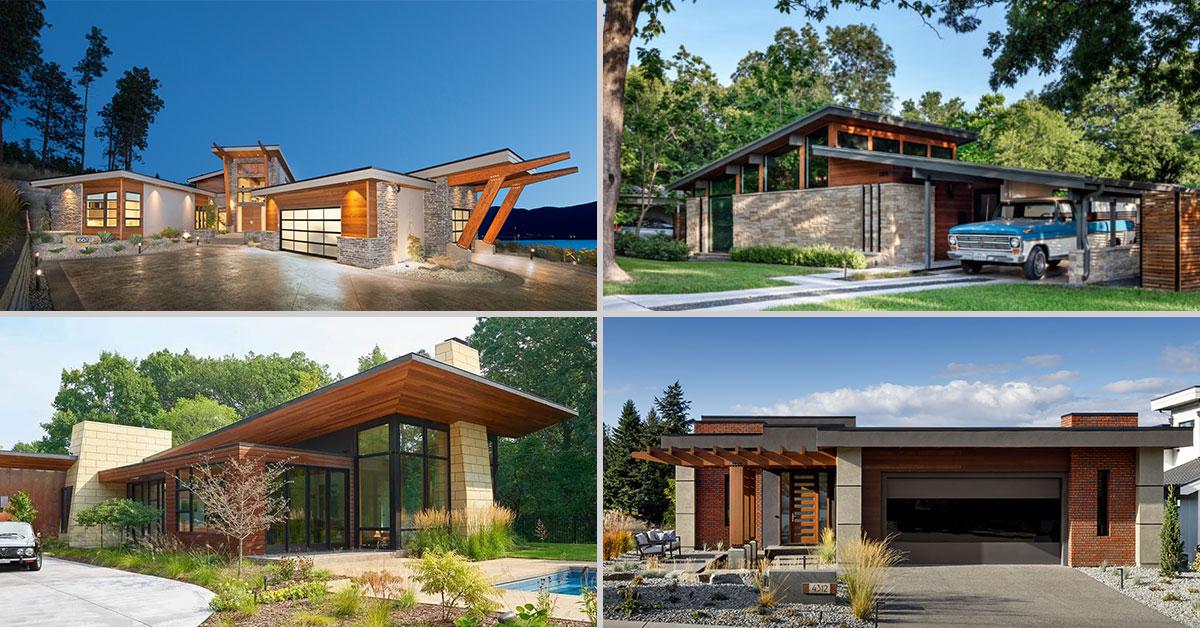
Contemporary and Modern Homes: Understanding the Difference
There are so many different architectural styles, it is easy to be confused by them. For example, “Modern” and “Contemporary” are often used synonymously. After all, both define as “belonging or relating to the present”, but when it comes to Architectural design, the two actually have quite different meanings.
If you are looking for a little more clarity on the subject, read on.
The term “Contemporary” refers to the architecture of today, of the moment. If that definition sounds broad, it is. Contemporary is a fluid, constantly morphing architectural style. It should not be surprising to learn a contemporary home could include a mix of aesthetics, including elements of traditional, transitional, and, yes, modern architecture.
This design flexibility reflects varied design preferences. The fact is, not every aspect of contemporary architecture needs to have a purpose or observe a set of aesthetic rules. If a crown molding is desired in the dining room, why not? Contemporary style reflects the times and buyer tastes.
In general, contemporary architecture today is characterized by:
The International Modern period or the Modern movement started in the late 1920s and continued up until the Mid-Century Modern movement, which is its own time period from the 1950s through the 1960s. When referring to architecture, designers are referring to Mid Century Modern.
Principles of modern design, which flourished in America through the first half of the 20th century and continues to enjoy popularity today, includes clean, straight lines with limited detail. This differs from contemporary design, which uses curves and/or sweeping lines versus the crisper, sharper, and very spare lines of modern. Windows and doors encompass broad horizontal spaces and are often designed as a ribbon of glass.
Modern design has been described as a more honest look at what a building is—load-bearing columns, beams that transfer the weight, and not putting things in for decoration. It’s still beautiful, but there’s a level of honesty and simplicity in the design.
Other characteristics that define Modern include:
It is also not unusual to find geometric patterns and accents in modern design. This can give the space a more retro feel. Some of the incredible modern architects of our time include Frank Lloyd Wright, Philip Johnson, and Frank Gehry.
While the terms Modern Architecture and Contemporary Architecture aren’t synonymous, they do have similarities. Both design styles share overlapping characteristics. They share simplistic characteristics and avoid ornate and complex elements. Contemporary design has a lot of influences from Modern designs, particularly the mid-century Modern movement. Both involve open, clean spaces and you will find wood, metal, glass, and natural elements with both designs.
Whether you prefer more modern homes or the complexities of contemporary design, the only thing that matters is your love of the home. Find a design and style you love, then find someone who can make that dream a reality.
Les Bellamy has been designing homes for over 2 decades and that experience translates into a vast knowledge of multiple Architectural styles. From Farm House to Modern Farm House; Mid-century Modern to West Coast Contemporary; Les Bellamy designs are as varied as the clients he creates them for.